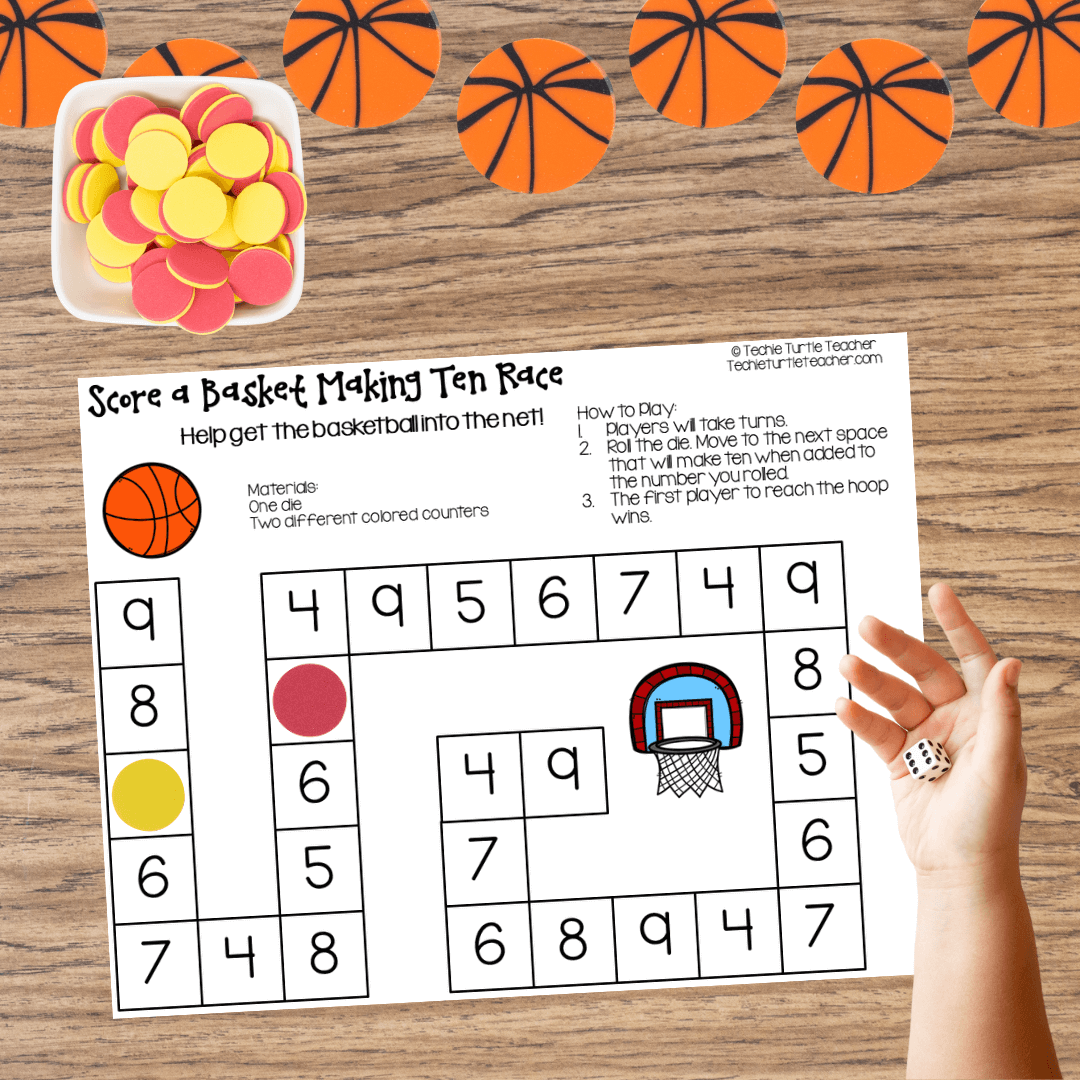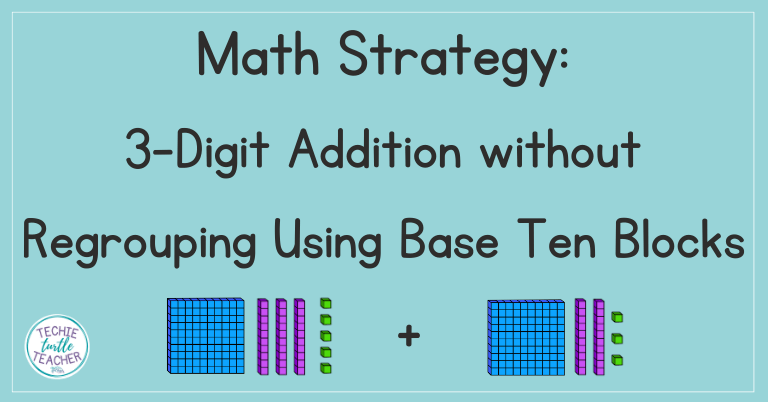Building math fact fluency is essential for students, yet balancing skill levels, keeping students on task, and avoiding monotony can make it challenging.
Repetition is key to helping young learners feel confident with basic math facts, but repeating the same drills often leads to boredom.
Using engaging, low-prep strategies makes a big difference, transforming routine practice into fun, independent learning.
Below, you’ll find simple math fact games using counters and dice to keep students focused and motivated as they master their basic math facts.
Why Repetition is Essential for Basic Math Facts
Mastering basic math facts builds the foundation for advanced skills, like multi-step word problems and place value.
Repetition helps students store these facts in long-term memory, giving them a base to work from without hesitation.
Teaching strategies alongside addition and subtraction math facts (rather than just flashcards) supports students’ memory, helping them reach automaticity, which frees up mental energy for higher-level tasks.
With regular, engaging practice, students build not only fluency but confidence, empowering them to tackle new challenges with enthusiasm.
Low-prep activities make this repetitive practice easier, providing a fun way for students to gain familiarity without constant oversight.

Making Repetition Fun: Math Games to Reinforce Basic Math Facts
Repetition doesn’t have to feel repetitive!
By incorporating games, practicing math facts feels more like play.
Fun, competitive math games are powerful motivators, turning drills into activities students look forward to.
Games hold students’ attention, encourage friendly competition, and keep them focused longer, providing repeated exposure in a way that feels effortless.

Math Fact Games for Reinforcement
These math fact games make fluency-building fun for students.
With options focused on doubles, near doubles, and making ten facts, each game has a seasonal theme that keeps students engaged.
They’re adaptable to different skill levels and work well in centers, partner activities, or group practice.
Here’s a quick look at one game:
Score a Basket Making Ten Race: Students roll one die and move to the next space based on what number adds with the number rolled to make a ten.
Racing to the hoop adds a fun, strategic challenge and motivates students to stay engaged as they reinforce making ten facts, building fluency with basic math facts.
Using Counters and Dice for Extra Practice
Counters and dice bring excitement to practice while making abstract concepts more concrete.
Here are a couple of easy ways to use them:
Double Dice Addition: Students roll two dice, add the numbers, and use counters to represent the total.
This variation reinforces multiple facts in one game.
Making Ten with Counters: Using counters to group and visualize pairs that add up to ten helps students internalize this foundational skill, helping with their fluency.
These simple tools provide a hands-on way for students to practice, making facts memorable and accessible.

Tips for Maximizing Repetition in the Classroom
Integrating quick math games into daily routines can be both effective and fun.
Rotating games weekly keeps practice fresh, while short, daily sessions, give students regular exposure to basic math facts without cutting into lesson time.
Setting small goals or friendly challenges boosts engagement, and tracking progress with a chart or “Math Star of the Day” recognition makes practice even more rewarding.
Building fluency in basic math facts doesn’t have to feel like a chore.
By using low-prep, engaging activities like dice games and counters, you can make repetitive practice enjoyable and meaningful.
If you’re looking for easy ways to integrate these strategies, check out these low-prep games for every season—they’re designed to keep students motivated, build confidence, and strengthen their fluency with basic math facts in a fun and effective way.
Pin this to Pinterest for later





